“Whether you were after fruity value, vinous curiosities, much-loved favourites or food-friendly delights, there was a wine for you,” writes McCleary.
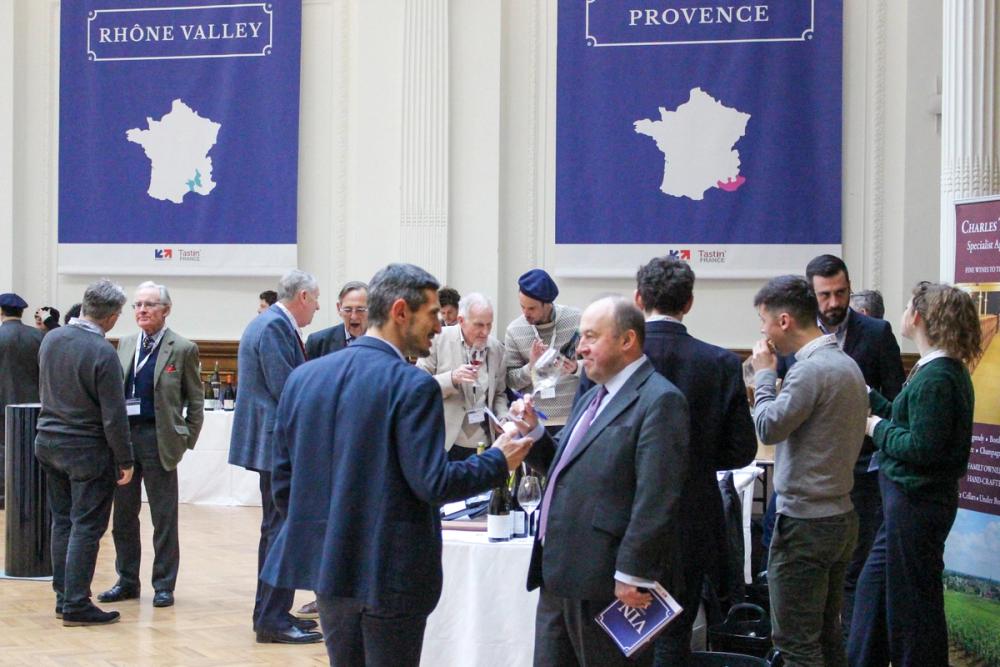
VIN – a touch of France in London, February 2, 2023
You have to feel for organisers, Business France – this is, after all, the third largest wine producer in the world and covers every wine style and budget imaginable. How to best pull together a tasting that gives the UK trade an accurate and tempting snapshot of what’s on offer in 2023? The answer was VIN, an ambitious trade tasting that featured 46 winemakers from every region in France.
The Loire – a great hunting ground
Heading up the Loire Valley contingent at VIV, Antoine Coullabin Loiselier, wine export manager for Food’Loire explained that exhibitors’ places were limited.
“We had eight places available, and we have tried to show what our region offers. We have producers here who have never exhibited outside of France and are new to the export market.” Loiselier acknowledges that VIN is a great chance for those new to export to get feedback from buyers and writers, “they need to hear what buyers think of their wines, the presentation and prices. It’s important.”
Loiselier suggests that the Loire Valley is a great hunting ground for UK buyers.
“Our wines are on-trend. For a start we have Chenin Blanc which is currently a very popular grape variety in the on and off trade. There are exciting changes in appellations like Muscadet, where 25% of the vineyards has been ripped up and where winemakers are releasing exciting, age-worthy single vineyard wines. Also, our reds are not so high in alcohol, and that’s appealing.”
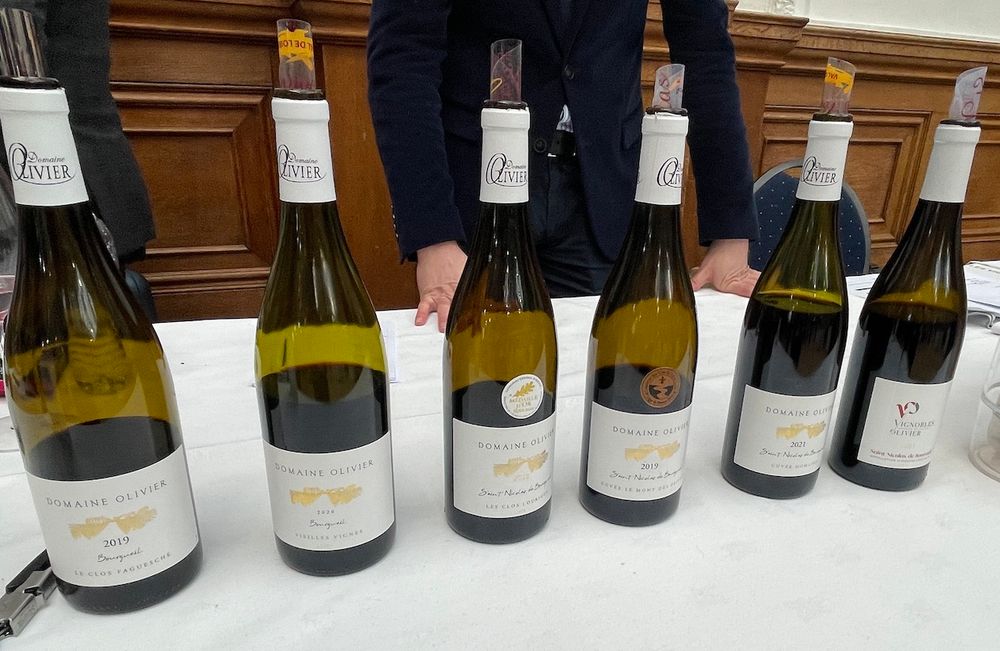
Domaine Olivier delivers an impressive line-up of AOP Saint-Nicolas de Bourgueil and AOP Bourgueil wines. The wines show the stylistic difference of these neighbouring appellations and the classy potential of Cabernet Franc. I especially liked the AOP Saint Nicolas de Bourgueil Le Mont des Oliviers 2019 which was fragrant and earthy with pretty blueberry fruit and touches of peppery spice. The AOP Bourgueil Vielles Vignes 2020 was a more robust Cabernet Franc altogether with thick-set black cherry confiture and ripe hedgerow fruit – it’s a wine that has more to give in the coming year or three. Noteworthy too was the simple, elegant packaging of Olivier’s wines. Seeking representation in the UK, you’d hope they got some interest.
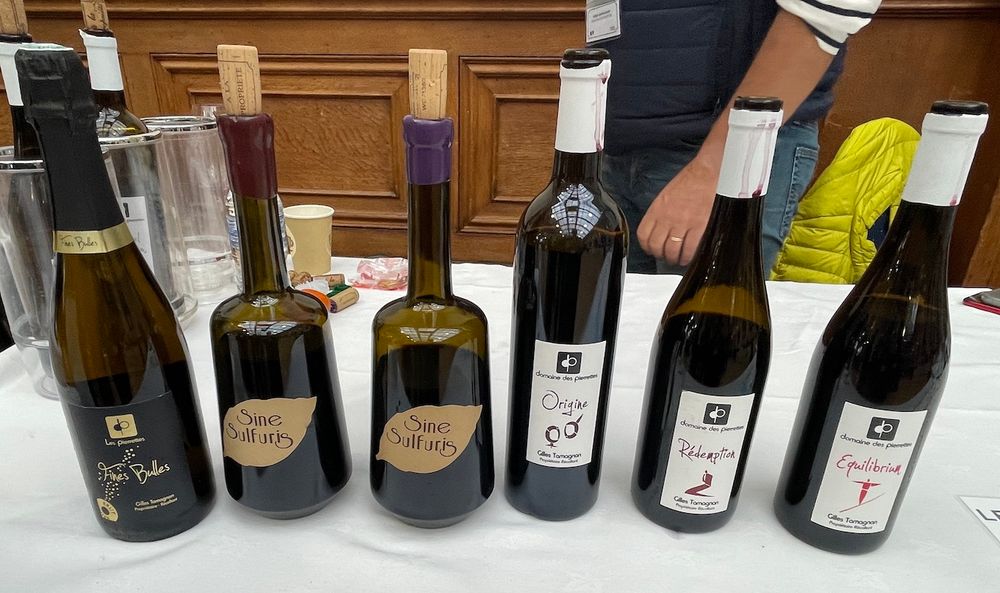
Tamagnan’s wines – full of character and true to their varieties
I liked Gilles Tamagnan, winemaker and owner of Le Domaine des Pierrettes very much. If my French hasn’t let me down, his life before wine was in research to support the treatment of Parkinson’s disease. His Touraine wines were mostly delicious. Working with Gamay, Côt (Malbec), Sauvignon Blanc and Chenin Blanc, Tamagnan takes a minimal approach to winemaking with fermentation taking place in underground concrete vats in which he only uses indigenous yeasts. His wines were uniformly varietal expressive and full of character. They felt wonderfully supple and elegant and always fresh. I especially liked the Sine Sulfuris Rouge (Malbec) 2020 which had lively crunch and gorgeous savoury black autumnal fruit. The Temporel 2021 (Sauvignon Blanc) was the best SB I tasted on the day – brilliantly juicy, lashings of lime and a mineral backbone. My one gripe was Tamagnan’s beautiful but unnecessarily hefty bottles – no longer the right choice. Wouldn’t stop me drinking the wines though …
A taste of Corsica

Delivering cheer: Fabrice Couloumere
The Mediterranean island of Corsica is geographically closer to Tuscany than it is to the Côte d’Azur, and this influences not just the style of the wines but the grape varieties you find there too. Present at VIN was Fabrice Couloumere from Clos Fornelli, a Corsican estate whose wines delivered as much cheer as the winemaker himself.
Another ‘searching UK representation’ estate, Clos Fornelli’s wines offered something a bit different, at a good price. The unabashedly fruity Niellucciu 2021 had a slightly wayward feral quality that was a bit tricky to get to grips with. In the Cuvée Stella Rose 2020, Niellucciu (Sangiovese) was partnered with Sciaccarellu and aged for eight months in oak. The wine was bustling with energy, there was a ripe, softness to the fruit, whilst retaining the crunch and spice that the two grapes are known for.
Clos Fornelli also brought to London a wine made from a grape I had never heard of – Minustellu. A quick Google search on the way home tells me it’s Graciano (Rioja), Tintilla de Rota (Jerez). I’ll be honest, the Corsican version struck me as considerably drier and more austere than the Spanish examples I’ve tried, but it had an impressive intensity of the perfumed blue and black qualities I associate with the grape. As Couloumere says, “the grape is very climate resistant … it surely has a future for us.”
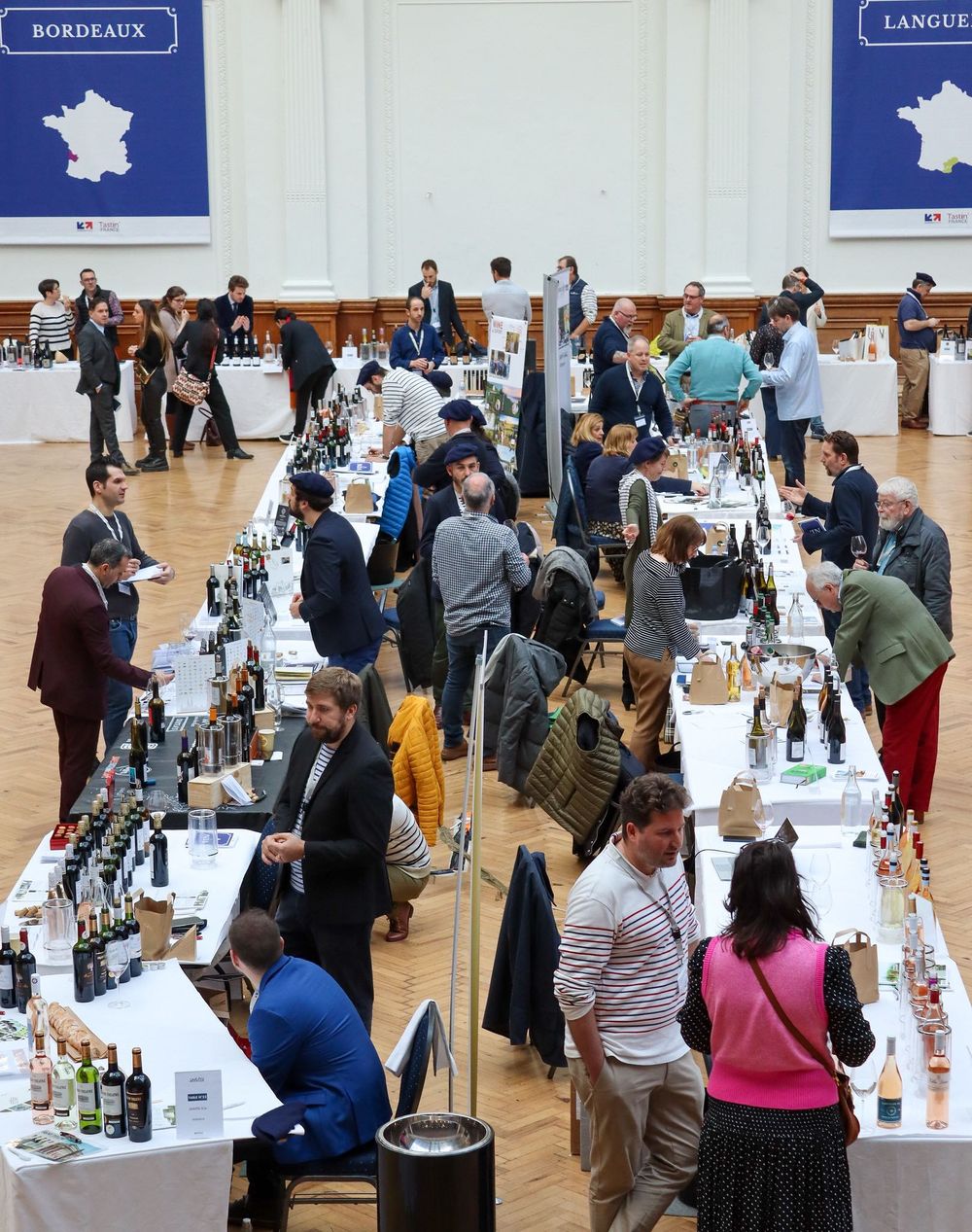
Champagne and the Jura
I learn that LWC are now listing (via Daniel Lambert) the champagnes of De Saint-Gall. A collective of 15 cooperatives with vineyards in Premier and Grand Cru vineyards, the Champagnes have a loyal following with their (delicious) consistency surely at the core of its success. Le Tradition is a blend of 70% Chardonnay, 30% Pinot Noir and it has a fantastically persistent mousse, lovely weight of apple fruit and good length too. The 2015 Blanc de Blancs Grand Cru was brilliantly pure and oozed quality from start to finish. De Saint-Gall is a welcome reminder that French Champagne can – and does – deliver magic.
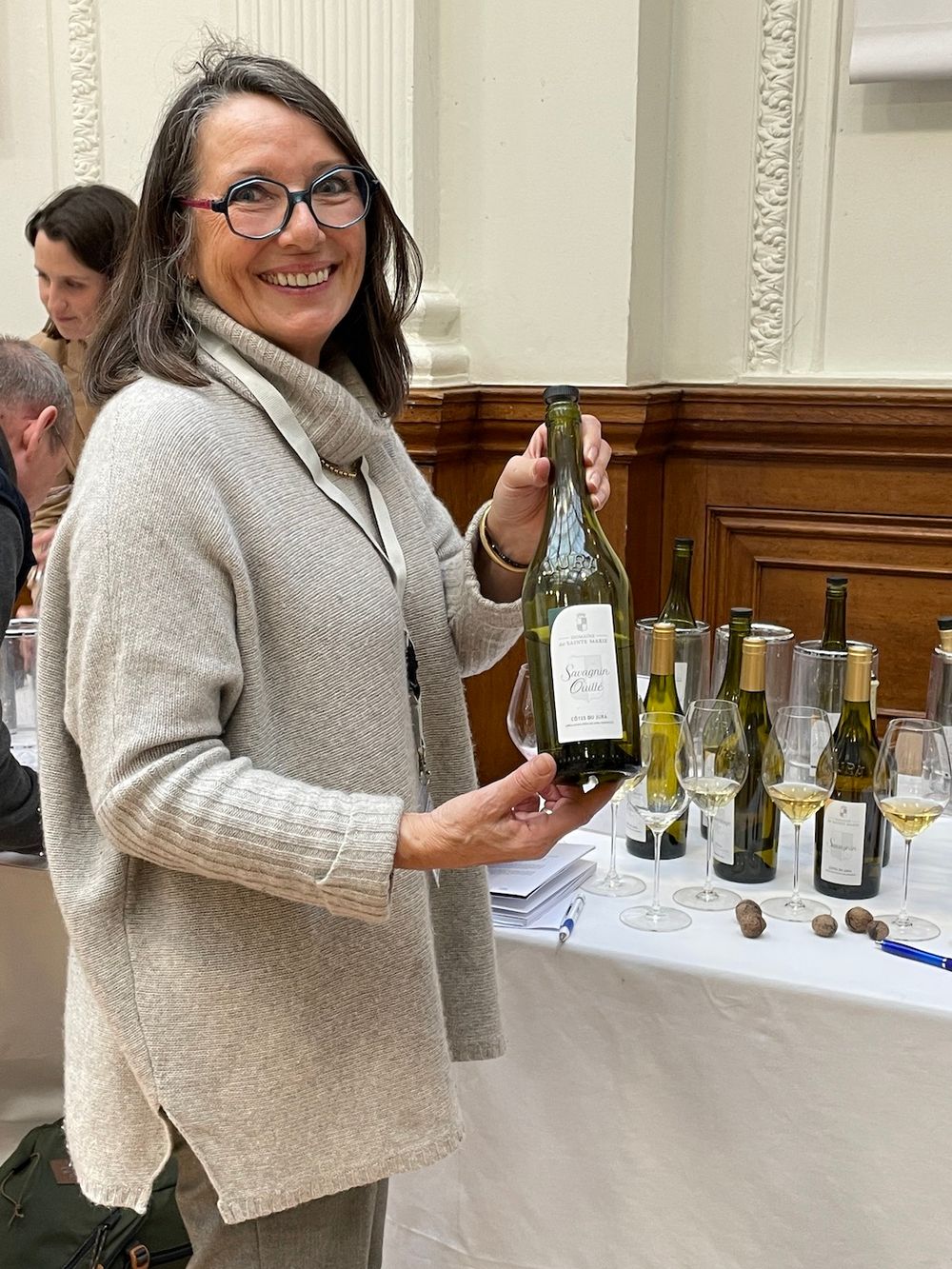
Representing the Jura: Domaine de Sainte Marie
In a room not short of highlights, my final mention goes to Domaine de Sainte Marie which was the sole representatives of the Jura. Though Bertrand de Sainte Marie is from the Jura and born into winemaking family, he and his wife are just three years into domaine ownership and having winemaking under their own label.
Their 2020 Chardonnay is a wine they describe as offering a “first step into the Jura”, with a small proportion of the wine aged sous voile. This flor veil imparts a distinctively nutty, sherry-like quality to the wine which I enjoy very much. Smoky, flinty, and spicy on the nose, the palate is nicely textured with layers of ripe pear, red apple, and quince fruit too. The Jura is a great source of increasingly popular gastronomic wines and this range can only aid the region find more converts.
Business France did a good job. Whether you were after fruity value, vinous curiosities, much-loved favourites or food-friendly delights, there was a wine for you.
































